Brake Fluid Change
A brake fluid change is required every 30K miles. This is to change out fluid but to flush out debris and water contamination. But I do suggest about every 60K to 100K miles you break down the calipers and wheel cylinder and inspect for debris and rust.
The reason why you need to bleed the brake system often is that brake fluid is hydroscopic absorbs water) and reduces the boiling point of the brake fluid. So the next time your trying to hold back the heavy load on a steep grade and the brake heat up the brake fluid will start to boil and air bubbles will form. Once this occurs brake failure can and will happen! Wore out and water loaded brake fluid also causes the rubber parts to degrade and metal parts to rust. So this is why you need to bleed the system often and also need to inspect for damage parts and debris. Now bleeding will purge out the wore out fluid but it will not remove debris from the bottom of the wheel cylinders and calipers.
Bleeding the system is rather easy to do and only requires you have ample amount of DOT3 brake fluid available. Now since most people don't have a buddy or wife that is will to help bleed the brake out you can build a bleed jar.
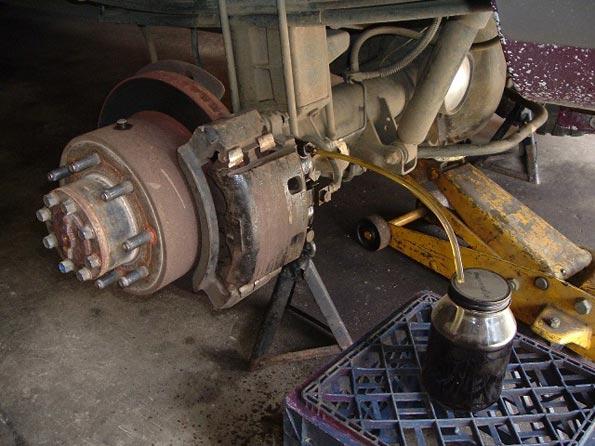
Basically its a mayonnaise jar and piece of vinyl tubing. Poke a hole in the jar lid and slide the tubing into the jar till it touches the bottom of the jar. Add a small amount of brake fluid to the jar to cover the end of the tube. Start at the farthest wheel. (Rear Right, Rear Left, Front Right, Front Left) Then crack the bleeder fitting loose. Now start pumping the pedal. Engine does not need to be running to bleed the brake system. Press the pedal down firmly to the floor then release slowly to keep from sucking the fluid back from the jar. Keep checking the master cylinder reservoir. When nearly empty refill the reservoir and then move onto the other wheels. These go fast! Now all you got to do is bleed each wheel now till the fluid clears in the tubing.
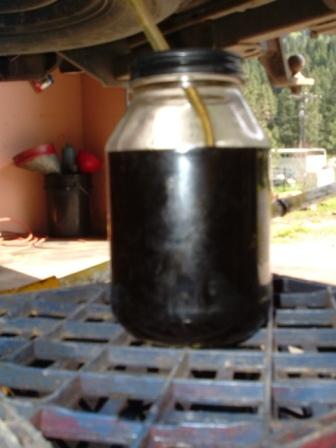
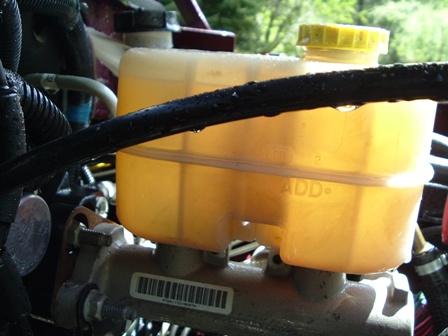
As you can see the fluid does get rather dark and nasty looking like old engine oil in a matter of 28K miles. But after a completed brake fluid change the fluid looks like honey colored fluid.
Now I did suggest a complete tear down of the brake parts every 60K to 100K miles. I ran into several issues now with debris, dried brake fluid, binding of pistons, etc. This can all be prevented by just removing the calipers and wheel cylinders and dissembling, cleaning, inspection, re-assemble and bleed.
Calipers watch for binding pistons and debris in between the weather seal and the piston seal. But to check the pistons remove the caliper and dissemble, wash and dry them. With all seals removed the piston should fall to the bottom of the cylinder without force. If not take some fine sandpaper and lightly polish the pistons to remove any dried brake fluid or caked on debris. Check the piston often. Don't over do it!
Also check the slide pins at both ends of the caliper and re-grease as needed.
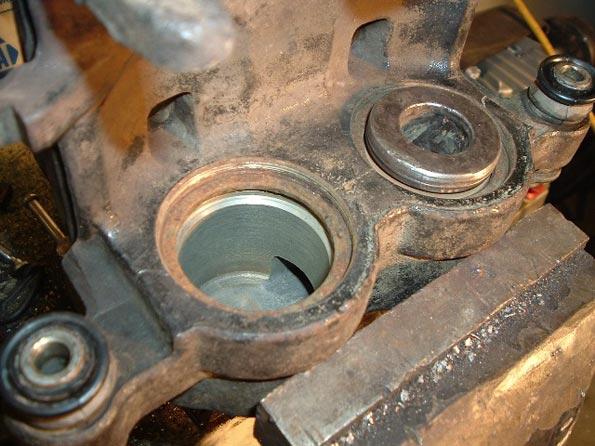
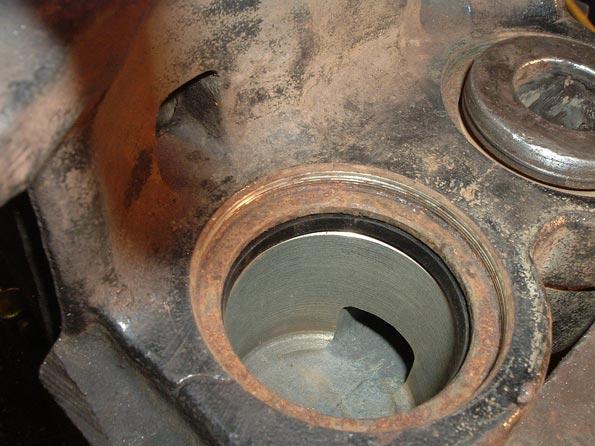
On from caliper be sure to check the piston seals if there has been any debris behind the weather boot. Take notice to the picture below. There is chunks of rubber missing from the seal this is cause from debris being caught between the piston and the seal. Pistons and seal can be purchased only through a Dodge dealer but they are not expensive.
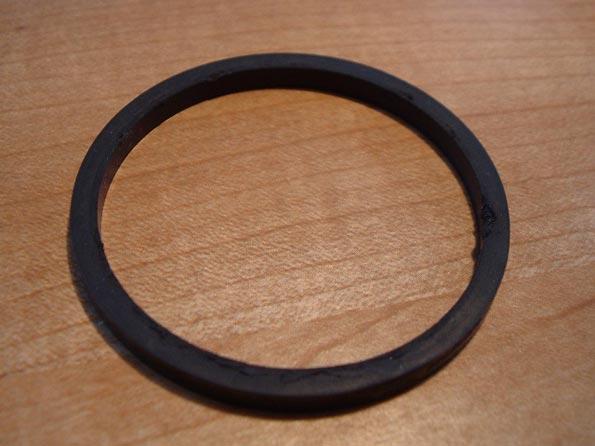
With rear drum brakes basically remove the pins, rubber boots, and piston cups from the wheel cylinder and visually inspect the wheel cylinder for rust build up in the bottom. Check all rubber parts for damage. Replace and damaged parts including springs and other hardware.
-
 3
3